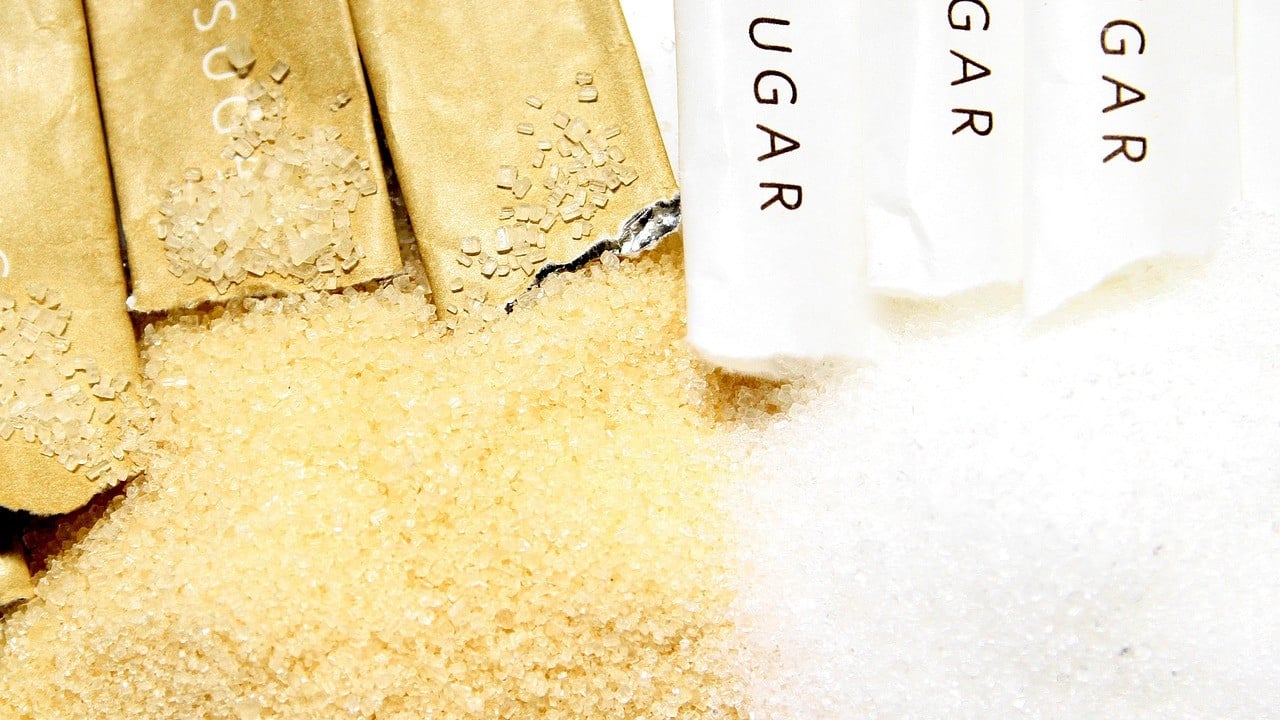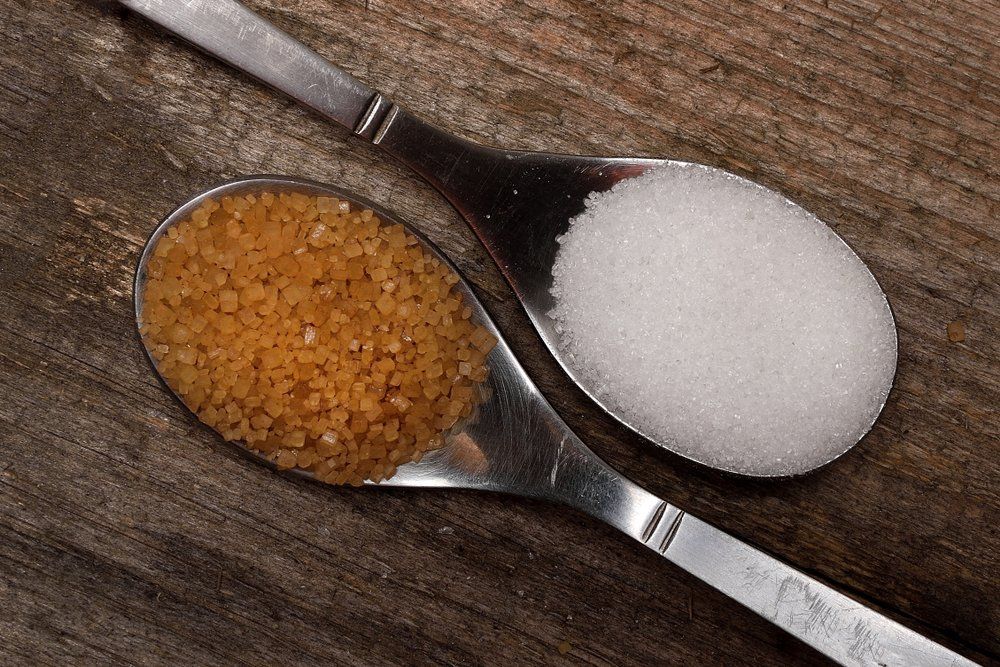The choice between beet sugar vs cane sugar can influence the flavor profile of certain recipes.
Discover the Uses and Conveniences of Beet Sugar Vs Cane Sugar in Your Daily Diet Plan
Exploring the distinctive top qualities of beet and cane sugar discloses even more than just their sweetening capacities; it highlights their distinct effect on health and cookeries. Beet sugar, understood for its subtle taste, is often preferred in delicate treats, whereas cane sugar, with its tip of molasses, includes splendor to robust dishes. Each kind holds its very own dietary profile and glycemic ramifications, inviting a deeper understanding of their roles in a balanced diet regimen and sustainable consumption methods.
Origin and Manufacturing Procedures of Beet and Cane Sugar

The distinct climates and dirt types required for expanding sugar beets and sugarcane add to differences in their farming techniques and geographic circulation, affecting the economics and sustainability of their manufacturing. beet sugar vs cane sugar.
Nutritional Contrast In Between Beet Sugar and Cane Sugar
Regardless of stemming from different plants, beet sugar and cane sugar are nutritionally really comparable, both mostly including sucrose. Each provides concerning 4 calories per gram, converting to about 16 calories per tsp. Structurally, both sugars are made up of about 99.95% sucrose, with very little amounts of other compounds like dampness and trace minerals, which do not substantially modify their nutritional accounts.

Ultimately, when picking between beet sugar and cane sugar based upon nutritional material alone, both offer the same benefits and disadvantages as they are basically forms of the very same molecule-- sucrose, providing fast power without various other nutrients.
Effect on Health And Wellness: Glycemic Index and Caloric Material
Checking out even more into the impacts of beet sugar and cane sugar on wellness, it is important to consider their glycemic index and caloric material. The glycemic index (GI) of both beet and cane sugar is around 65, classifying them as high-GI foods, which can trigger quick spikes in blood sugar degrees.
Each kind of sugar includes about 4 calories per gram, making their caloric web content matching. For those keeping an eye on you could look here calorie intake, especially when handling weight or metabolic wellness conditions, understanding this equivalence is vital (beet sugar vs cane sugar). Nonetheless, excessive usage of any high-calorie, high-GI food can contribute to health problems such as obesity, cardiovascular disease, and insulin resistance.
Environmental and Economic Factors To Consider of Sugar Manufacturing
Beyond health influences, the manufacturing of beet and cane sugar likewise increases significant ecological and economic problems. Sugar beet farming has a tendency to need cooler climates and has a lower geographical footprint contrasted to sugar cane, which grows in exotic regions. Both plants are extensive in terms of water use and land profession, potentially leading to logging and water deficiency. Financially, the international sugar market is extremely unstable, affected by changes in international trade policies and aids. Several nations incentivize sugar production via monetary support, skewing market value and influencing small-scale farmers negatively.
Furthermore, making use of chemicals and plant foods in both beet and cane sugar growing can result in dirt destruction and pollution, more impacting biodiversity and local water bodies (beet sugar vs cane sugar). The selection between cultivating sugar beet or cane often depends upon local ecological conditions and financial elements, more info here making the sustainability of sugar manufacturing a complicated issue
Culinary Applications and Taste Differences
While the environmental and economic elements of sugar production are without a doubt substantial, the choice between beet and cane sugar likewise influences culinary applications and taste profiles. Beet sugar, originated from the sugar beet plant, is understood for its extremely neutral taste. This makes it a functional active ingredient in cooking, where it does not alter the taste of other parts. It dissolves promptly and is optimal for usage in cakes, cookies, and pastries.
Cane sugar, extracted from sugarcane, often keeps molasses traces, which give a distinctive richness and deepness. This small molasses taste boosts the complexity of baked items, sauces, and sauces. It is especially favored in things where a caramel touch is preferred, such as in brownies or gingerbread. The small variant in moisture material between beet and cane sugar can affect the texture and uniformity of meals, making cane sugar a preferred choice for certain dishes that profit from its special residential or commercial properties.

Verdict
Finally, both beet and cane sugar have distinctive beginnings and production processes, providing helpful hints similar dietary accounts with small distinctions in salt material and taste. While their effect on wellness, especially concerning glycemic index and calories, is comparable, the choice in between them commonly steams down to ecological, economic aspects, and particular cooking requirements. Recognizing these elements can assist consumers in making informed decisions that line up with their health and wellness goals and flavor choices.